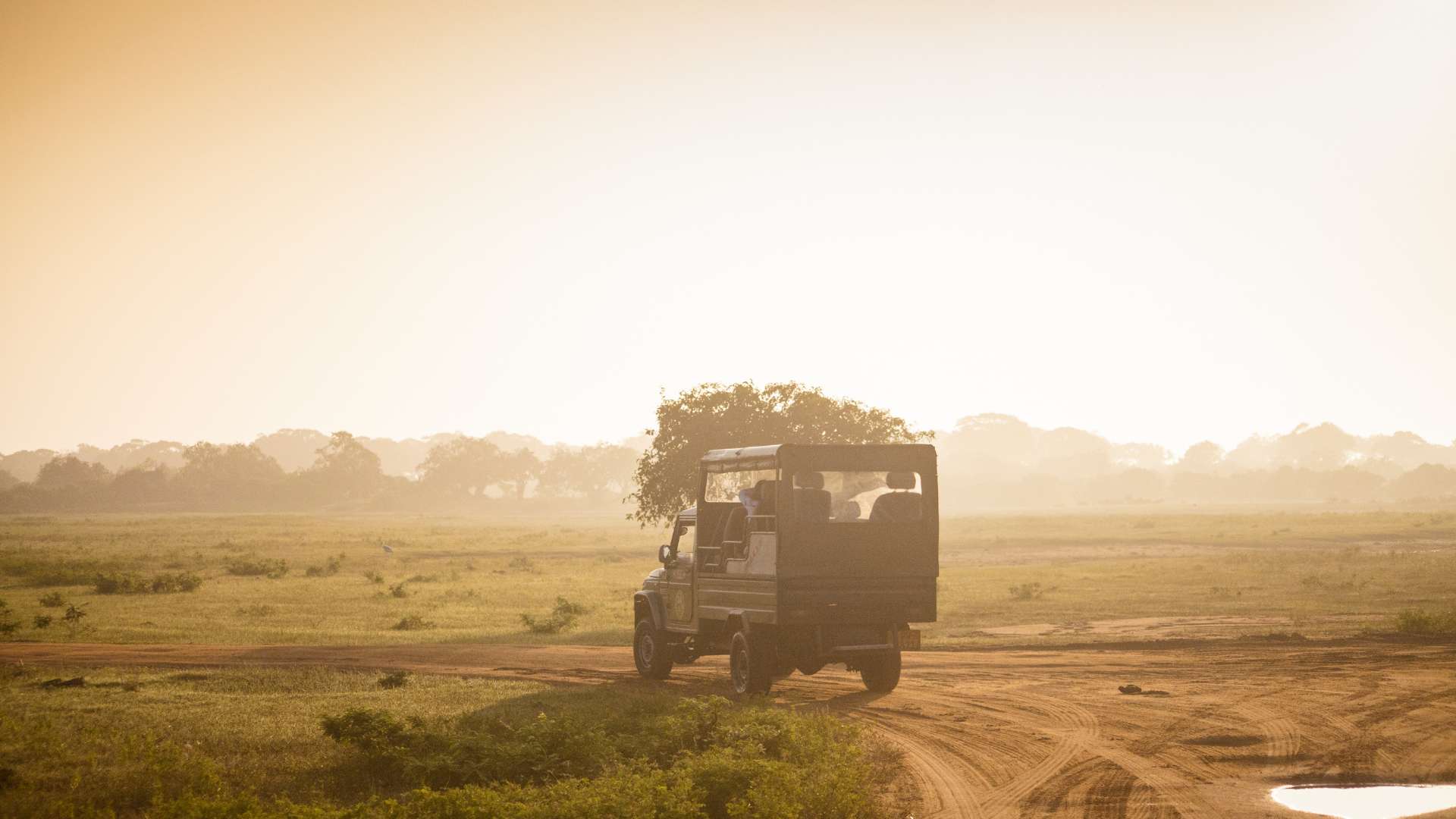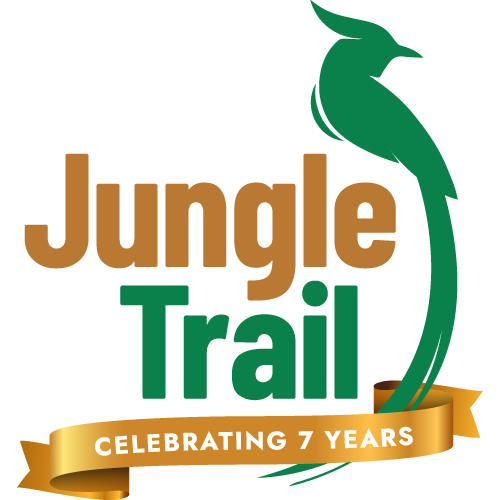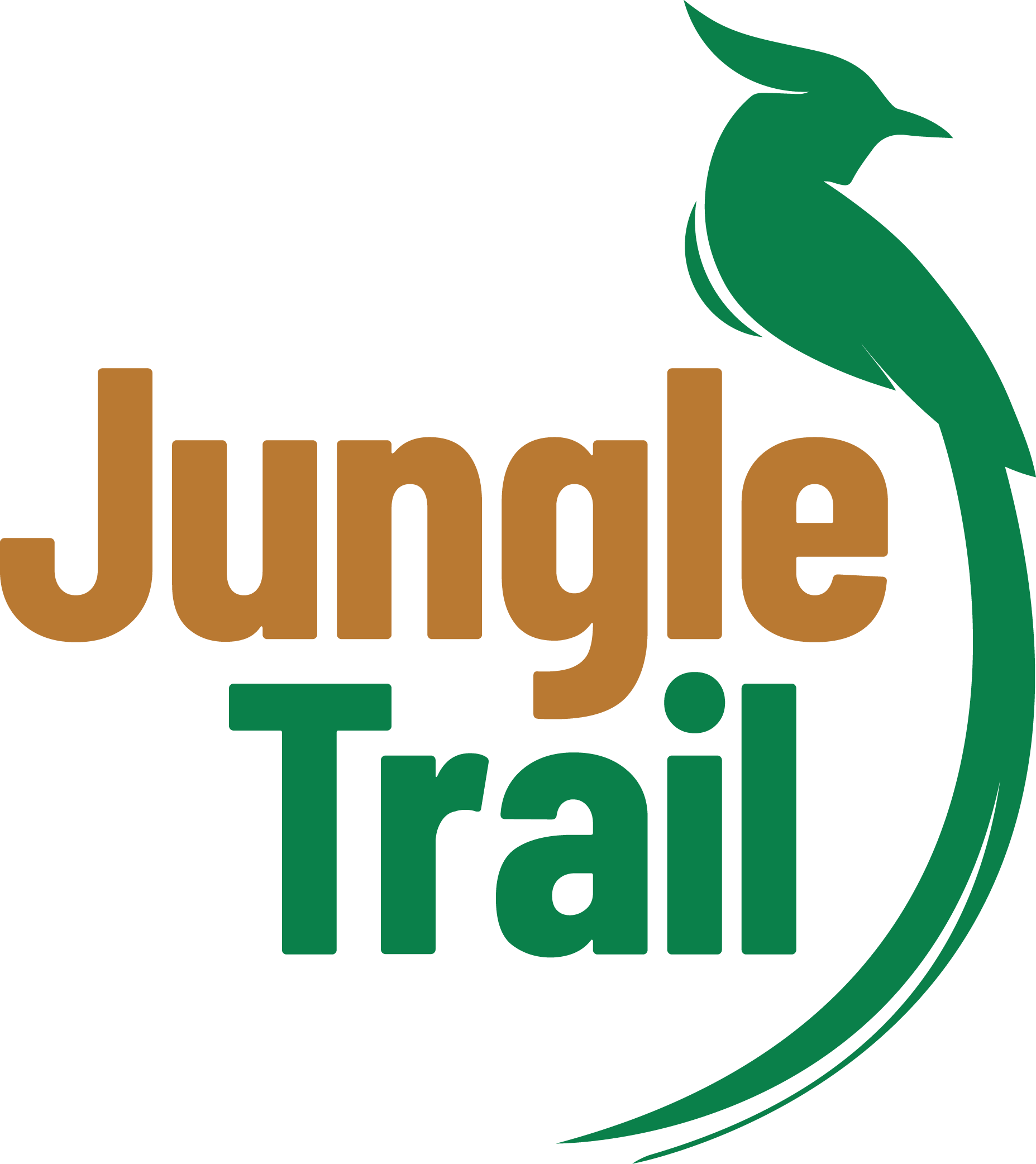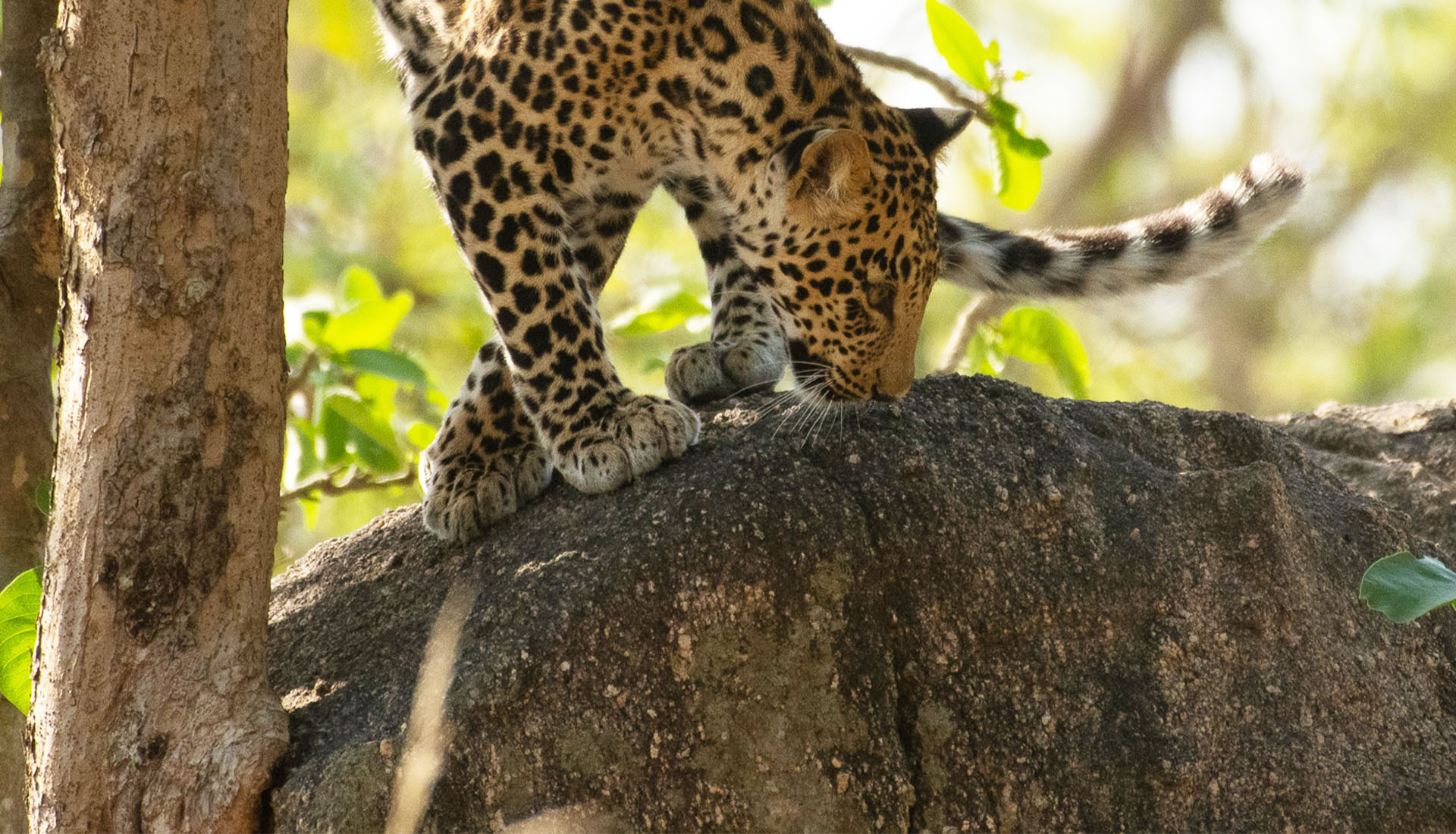SriLanka
Lying within the Indomalaya ecozone, Sri Lanka is one of 25 biodiversity hotspots in the world. Although the country is relatively small in size, it has the highest biodiversity density in Asia. A remarkably high proportion of the species among its flora and fauna. Sri Lanka has declared 24 wildlife reserves, which are home to a wide range of native species such as Asian elephants, leopards, sloth bears, the unique small loris, a variety of deer, the purple-faced langur, the endangered wild boar, porcupines and Indian pangolins.
Yala National Park in the southeast protects herds of elephant, deer, and peacocks. The Wilpattu National Park in the northwest, the largest national park, preserves the habitats of many water birds such as storks, pelicans, ibis, and spoonbills. The island has four biosphere reserves: Bundala, Hurulu Forest Reserve, the Kanneliya-Dediyagala-Nakiyadeniya, and Sinharaja. Of these, Sinharaja forest reserve is home to 26 endemic birds and 20 rainforest species, including the elusive red-faced malkoha, the green-billed coucal and the Sri Lanka blue magpie.
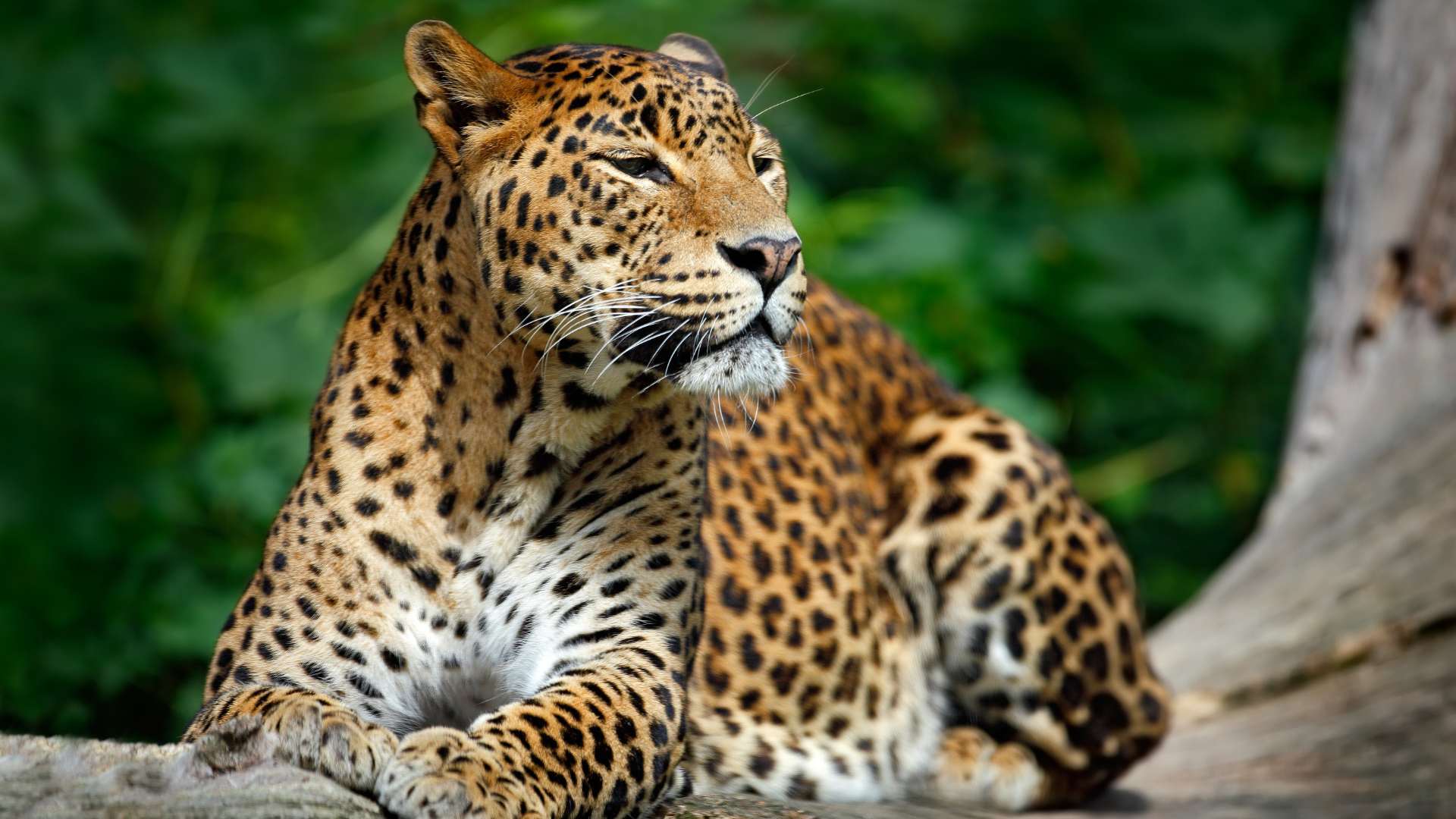
Major Wildlife Reserves
YALA NATIONAL PARK
The Yala National Park is the most visited park in Sri Lanka. Yala National Park is a huge area of forest, grassland and lagoons bordering the Indian Ocean, in southeast Sri Lanka. It’s home to wildlife such as leopards, elephants and crocodiles, as well as hundreds of bird species. The rocky outcrops scattered over the park provides vantage points to enjoy the sprawling areas with Sri Lanka’s dry zone landscape, low scrub and woods. Stillmore, the southern border of the park being the south-eastern coast, the brackish lagoons and dunes enhances the distinctive charm of the Yala National Park.
Wilpattu National Park Sri Lanka.
Wilpattu National Park has a good network of gravel roads, particularly between the water holes which are the best places to observe wild life. A unique complex of over 50 wetlands like “everglades” called “Villu” is the most prominent feature of the national park jungle. Jeep Safari is the regular norm in exploring the Wilpattu National Park. While the big 4 of Sri Lankan wild life the Leopard, Elephant, Sloth bear, Deer, endemic birds can be sighted easily during the safari. February to October is the best time to visit Wilpattu.
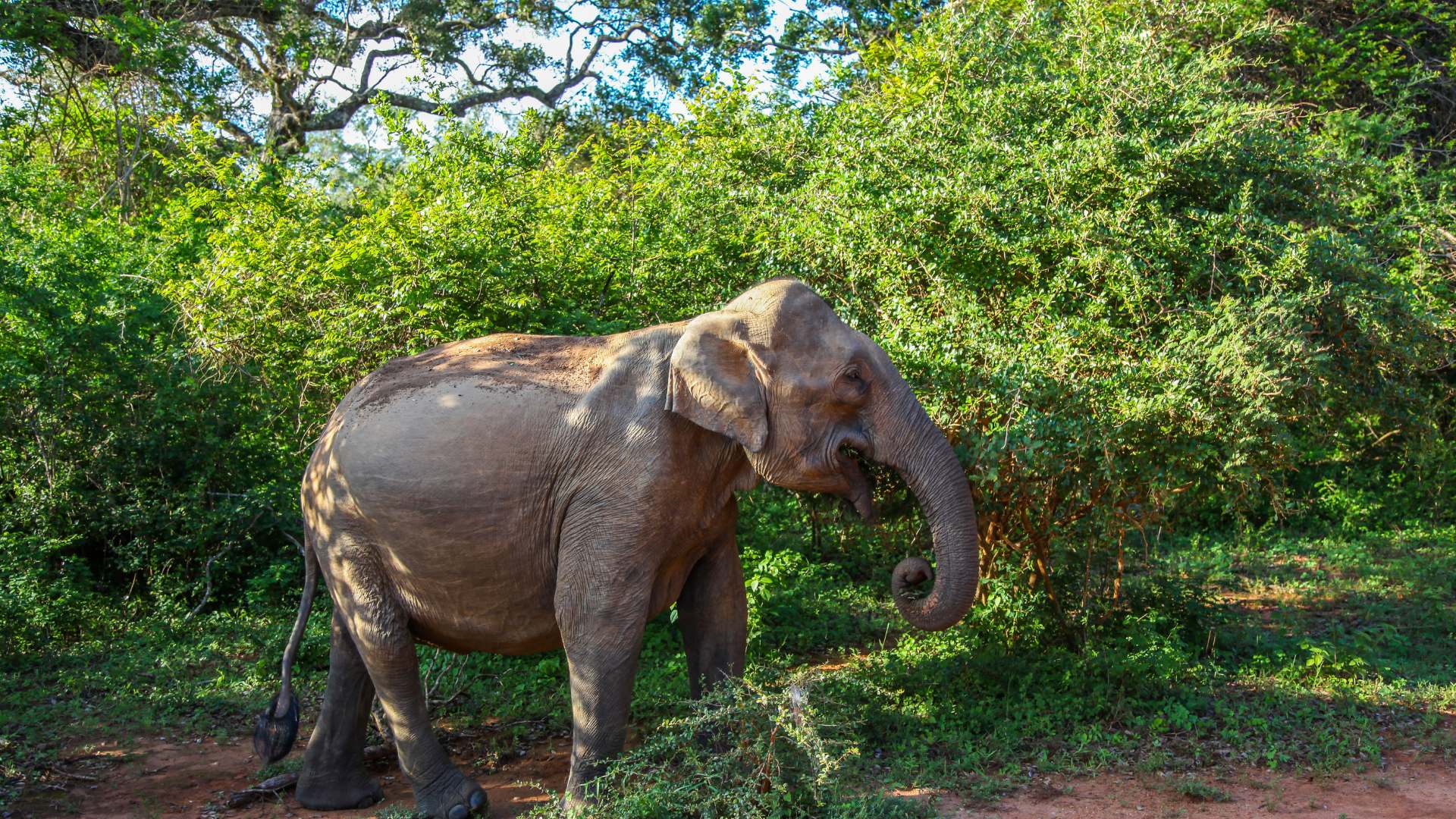
Sinharaja Forest Reserve.
Sinharaja Forest Reserve meaning ‘Lion Kingdom’ is the best known Rain Forest in the country and has been identified as important biodiversity hotspot. The Park was originally declared a forest reserve in 1875 and due to its international importance it was designated as a Biosphere Reserve in 1978 and a World Heritage site by UNESCO in 1988.
The forest cover is denser than other dry zone parks making it more secure for the wildlife yet making it a little harder for visitors to take a glimpse of the larger mammals such as the Leopard and Elephants. This tropical rain forest believed to be home for almost 50% of Sri Lanka’s endemic wildlife draws thousands of visitors wanting to explore and experience this natural wonder that is rich in endemism; an inevitable treasure trove bursting with various species of flora and fauna.
The high diversity of vegetation within the reserve has made it a favorable sanctuary for various species of birds, mammals, reptiles, insects, fish, amphibians and plant life; all co-existing within the ecosystem.
Sinharaja has recorded over 154 species of birds and is known to have a ‘mixed-species feeding flocks’ or informally called a ‘bird wave’ where two or more species feed and move together. This unique sight witnessed at Sinharaja sometimes consists of flocks containing 30-50 birds of various species sometimes 10-12 species, erupting in various bird sounds as they feed and move within a short time. Taking lead in this exercise is the Orange-billed babbler and the Crested drongo.
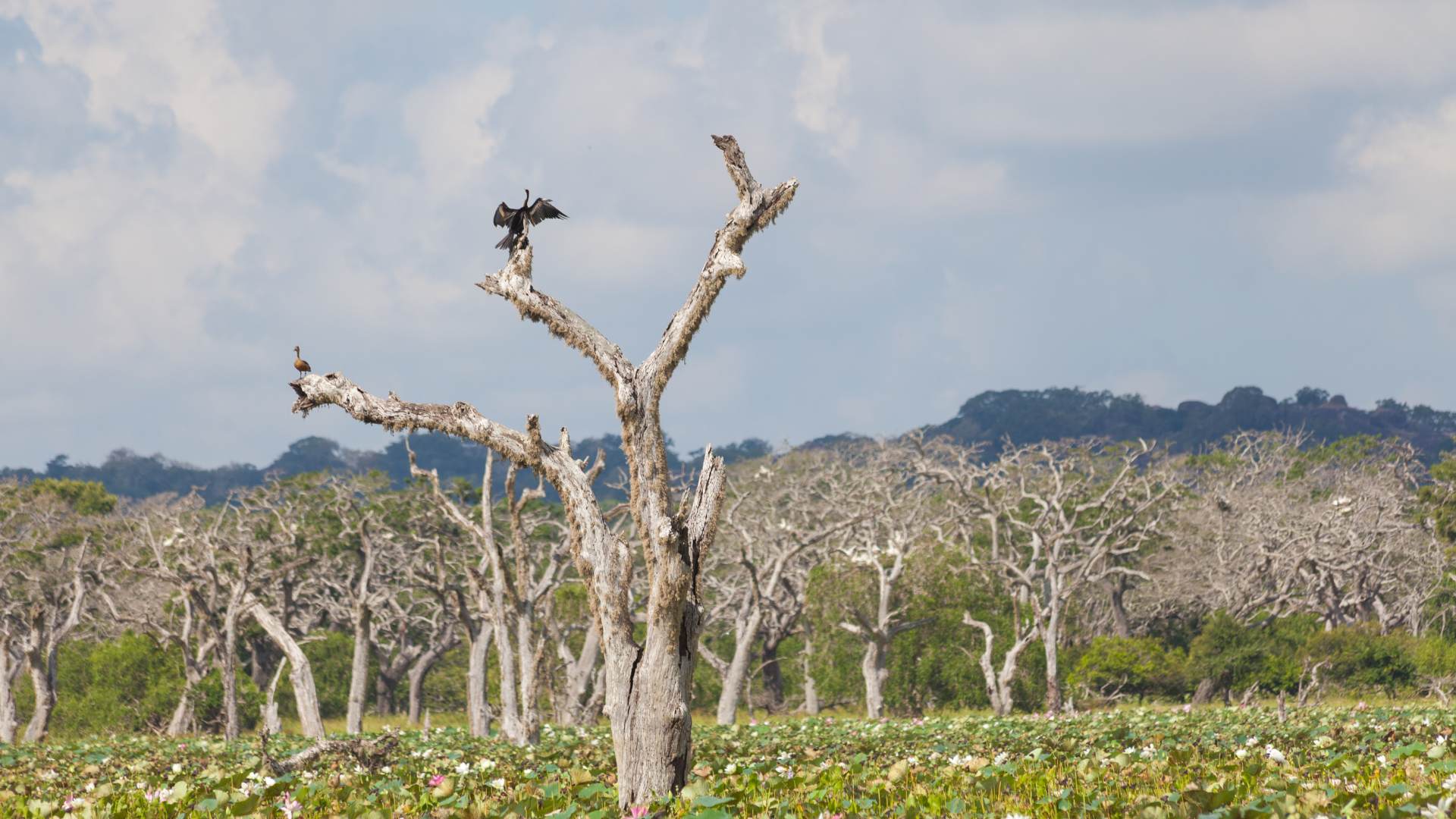
Mirissa is a small town on the south coast of Sri Lanka, located in the Matara District of the Southern Province. It is approximately 150 kilometres (93 mi) south of Colombo and is situated at an elevation of 4 metres (13 ft) above sea level. Mirissa’s beach and nightlife make it a popular tourist destination. It is also a fishing port and one of the island’s main whale and dolphin watching locations.
One of the best places in the world to see one of the only recorded resident blue whale colonies in their natural habitat. Dolphins are regularly spotted on whale watching trips organized from Mirissa and Dondra head on the south coast.
Your Itinerary
Day 1: Go on Safari in Udawalawe National Park
Welcome to Sri Lanka! Day one takes you directly into the heart of spectacular Udawalawe National Park. Located on the boundary of Sri Lanka’s wet and dry zones, the park’s geography and climate make it a haven for rare wildlife. Udawalawe is considered one of the best places in the world to see elephants in the wild, with large herds often gathering to feed and bathe at waterholes.
While elephants are the star attractions, you’ll also spot water buffalo, water monitor lizards, sambar deer, and monkeys, as well as a remarkable variety of exotic birdlife. After a safari in the park, retreat to your hotel to get some rest before the next day’s adventures.
Day 2: Visit the Elephant Transit Home & Yala National Park
Start your morning with feeding time at the Udawalawe Elephant Transit Home. Founded to rescue baby elephants orphaned by elephant-human conflicts in Sri Lanka, the transit home provides food and medical care until the calves are robust enough to be released into the wilderness. Watch as the playful baby elephants are bottle-fed and cared for during their morning ritual, and learn about the work that goes into protecting and raising these remarkable animals.
After lunch, you’ll travel west to another natural haven, Yala National Park. Leopards are the main attraction here, but the park is also home to large herds of elephants as well as spotted deer, sambar, wild boar, wild buffalo, sloth bears, jackals, and mongoose. The birdwatching is also fantastic, as the park features rare and colorful resident species like rosy starlings, paradise flycatchers, crested hawk eagles, blue-tailed bee-eaters, and common loris.
Day 3: Explore the Beautiful Beaches of Mirissa
Sunrise is the best time for leopard-spotting, so use your last morning in Yala National Park to venture out on another early safari and look for these elusive creatures. With one of the densest populations on the planet, Yala offers you an excellent chance of seeing leopards up close — particularly young, confident males who prowl the park’s dirt roads.
After breakfast, you’ll bid Yala farewell and travel south along the coast to Mirissa. Surrounded by coconut plantations and ancient temples, this idyllic fishing village is a paradise of pristine beaches and brilliant blue sea. Spend the afternoon whale watching — the temperate waters are home to blue, Bryde’s, and sperm whales — then relax at one of the resort’s many beachfront restaurants, watching the sun go down over the Indian Ocean.
Day 4: Wander the Old Town of Galle & Relax in Bentota
Today you’ll continue west along the coast, stopping first at the bustling provincial capital of Galle.Overlooking the exquisite circular cove of Unawatuna Bay, it’s known for the atmospheric 17th-century Dutch fort that serves as its old town. Then continue on to the laid-back beach resort of Bentota. Calm waters and miles of pristine golden sand make this former fishing village on Sri Lanka’s west coast a favorite holiday playground. Bentota is famous for its watersports: try scuba diving, deep-sea fishing, or windsurfing on the Laccadive Sea. Then have one last seafood feast on your last night of the trip.
Day 5: Sightsee in Colombo & Depart
Spend the morning sightseeing in the lively capital of Colombo. Buddhist and Hindu temples are scattered around the city, reflecting the diverse religions and customs of Colombo’s residents. Drive through the city’s commercial center, known as the Fort, where grand colonial-era buildings stand alongside modern office structures. Explore the vibrant markets and bazaars in Pettah, and take some time to check out the National Museum with its beautiful collection of antiques and art. Then it’s time to transfer to the airport and catch your flight home. Safe travels!
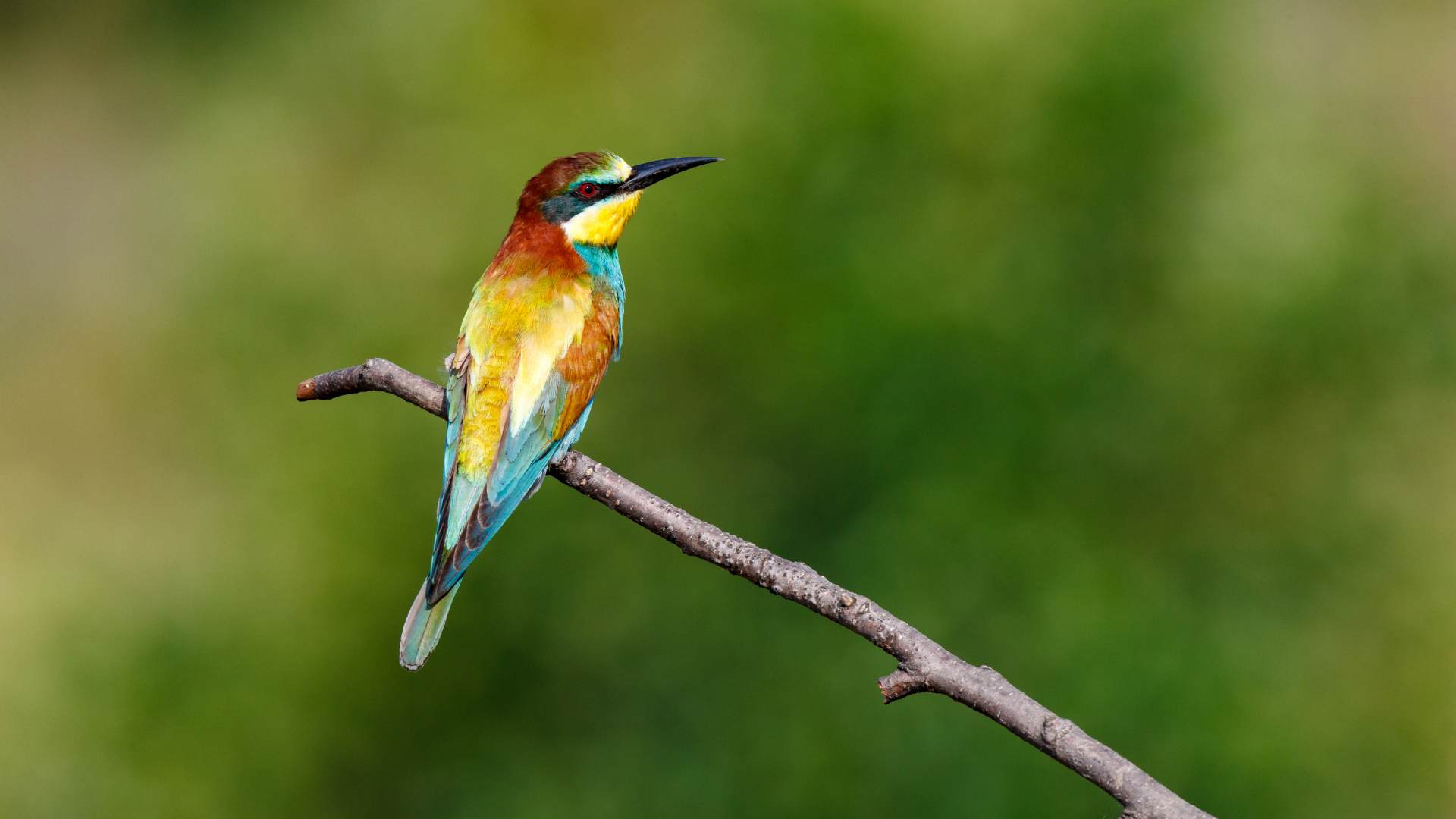
Best time to Visit.
The best time to visit the west and south coasts and hill country is from December to March, while the best weather on the east coast is from April/May to September. For Forest and Birding Tours The Best time would be December to March
Let’s Plan your Safaris !
JungleTrail Expeditions is a full service travel agency and tour operator. Not only does this give you peace of mind in preparing for such expedition such as this one , but it also gives us control of all ground operations in SriLanka, ensuring a seamless experience for you. Before your departure our team of experts will personally advice you facilitating all aspects of your preparation. On the ground, your Sri Lanka based expedition manager will ensure that all logistical details are addressed , so you can simply enjoy the journey.
